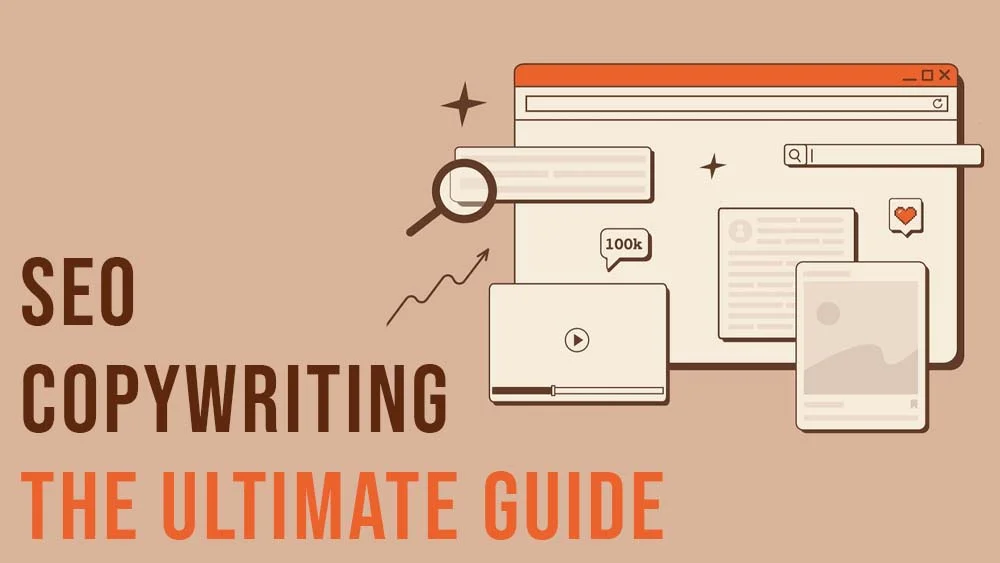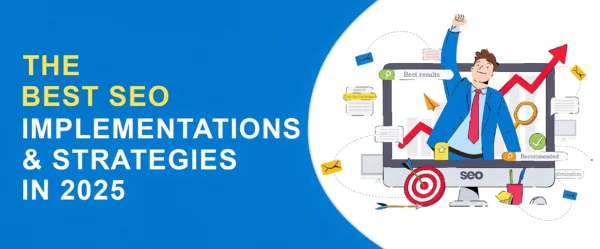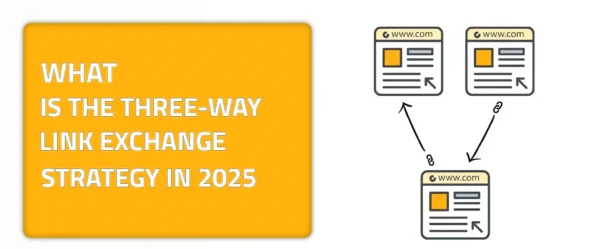The art of crafting content is something that doesn’t come easy. It has to be creative enough for people to stay engaged and ask for more. Optimizing your content to fit the new SEO standards of today’s digital age is something that also needs a crafty, creative mind. Now this guide will lead you through the fun and most interesting blend between creating compelling writing and smart optimizing techniques. That is because in 2024, it is important that you craft content that grabs attention and is at the same time satisfying and valuable enough for search engines.
Search engines in today’s digital world are so advanced that they prioritize algorithm updates that you have to meet and align with their guidelines to ensure that your site will eventually succeed. What makes SEO copywriting so special? It’s not just about typing in some empty keywords; it’s about creating high-quality content. One that resonates with your audience while improving your search rankings.
This guide will walk you through all the tips that you need to learn and know in order to create relevant and successful content that resonates with your target audience and today’s SEO standards. From headlines that make people stop scrolling to meta descriptions that boost click-through rates, SEO copywriting helps you stand out in a crowded digital crowd. Delve deeper with me and get to know all about it in today’s article.
The Definition and Overview of SEO Copywriting
SEO copywriting is the process of creating content. The content you create, however, has to be special. Not in terms of making it all sparkly and glittery, no. In terms of uniqueness and freshness. You have to create engaging content that is optimized for search engines. SEO copywriting combines traditional writing techniques with the strategic use of keywords, meta tags, and various other SEO elements. Why? Well, the whole purpose of it all is to improve your website’s search ranking. Getting it on top of the SERPs should be your sole goal. But what is the difference between traditional writing of content and SEO copywriting?
I knew that you might’ve been wondering about that. Let me answer this simply for you. While both aim to persuade and inform, SEO copywriting has an added layer of complexity: it must satisfy search engines like Google to ensure the content is visible to the right audience. This means that, in addition to writing catchy headlines and compelling copy, SEO writers need to think about things like keyword placement, content structure, and user intent. See the difference? It isn’t just about writing an article, but also about optimizing it correctly to suit your SEO needs.
Another question that I have seen while conducting my SEO copywriting research is: How does it all come together? Let me walk you through a hypothetical example here in order for you to have a better understanding of it all. Imagine you’re writing a blog post about “the best no-code tools.” An SEO copywriter would naturally weave that phrase into the content while keeping it informative and engaging for readers. The goal is to create content that flows smoothly for people but also ticks all the boxes for search engines.
Key Components of SEO Copywriting: What to Focus on?
When it comes to SEO copywriting, there are a few key components that can help your content achieve the level of success that you wish for. First and foremost, keyword research and intent are crucial. How can you write content that ranks if you don’t know what your audience is searching for? It doesn’t make the slightest sense, I know. In order to craft relevant content, you need to be familiar with “relevant” first. That is, by understanding your target audience’s search intent.
Conduct your research and see whether they’re looking for information, a product, or a service. After that, you will be able to tailor your content to meet their needs. Next on my list is content structure and formatting. Ever clicked on an article to find yourself met and overwhelmed by a giant wall of text? The amount of words can actually intimidate a person who is in a hurry and cause them to leave your site. Something that we definitely don’t want happening.
Take some advice from the tech wise and add proper headings, bullet points, and short paragraphs. That is, to make your content easier to read and more digestible for search engines. Finally, meta tags and descriptions may seem like small, insignificant details, but they’re not, I promise. They are actually the first impression people make of your content when they see them in search results. A well-crafted meta description can convince someone to click on your link instead of the one above you. So, why leave that up to chance? Leverage the power that these tips empower you with and I promise that you’ll find your content gaining you some good, organic visitors for your site.
Best Implementation Practices for SEO Copywriting
When it comes to SEO copywriting, balancing the needs of humans and search engines is the secret to success. But how do you do that effectively? The key lies in writing content that feels natural, informative, and engaging to your readers while still being optimized for search engines. Here’s how you can achieve that balance:
- Write for your audience first: Always remember, it’s humans who make purchases, share content, and engage with your brand. Ask yourself, “Is my content providing value?” If the answer is yes, you’re on the right track.
- Avoid keyword stuffing: Ever read an article that feels robotic because it repeats the same phrase over and over? That’s keyword stuffing, and it can hurt your rankings. Instead, use keywords naturally and strategically. Focus on keyword placement rather than quantity.
- Craft compelling headlines: What makes people click? A catchy headline. A great headline piques curiosity, creates a sense of urgency, or solves a problem. Does your headline grab attention or answer a question? If not, it’s time to rethink it.
The Role of User Experience (UX) in Copywriting
User experience (UX) plays a pivotal role in SEO copywriting, as it directly influences how readers interact with your content. Have you ever landed on a page that looked cluttered or was hard to read? Chances are, you clicked away quickly. Content readability is essential; using clear headings, bullet points, and short paragraphs can significantly enhance engagement. Why is this important? Because the longer visitors stay on your page, the better it signals to search engines that your content is valuable. In today’s mobile-centric world, adopting mobile-first writing strategies is crucial. How does that affect your approach?
Writing for mobile devices means prioritizing concise language, optimizing for smaller screens, and ensuring quick load times. Speaking of load times, did you know that even a one-second delay can lead to a significant drop in user satisfaction? Fast-loading pages not only improve UX but also impact your search rankings. By integrating these UX principles into your SEO copywriting, you create a seamless experience that keeps readers engaged, reduces bounce rates, and ultimately boosts your site’s visibility. So, how can you enhance UX through your writing? Start by prioritizing clarity, optimizing for mobile, and ensuring speedy page loads. Your audience—and search engines—will thank you!
Tools to Use for Effective Copywriting and SEO Optimization
When it comes to effective SEO copywriting, leveraging the right tools can make all the difference. Keyword research tools like SEMrush, Ahrefs, and Google Keyword Planner help you uncover the phrases your audience is searching for. Have you ever wondered what keywords can boost your visibility? These tools allow you to analyze search volume, competition, and even related terms, ensuring your content aligns with what users are actually looking for. Once you’ve nailed your keywords, it’s time to optimize your content.
This is where content optimization tools like Yoast SEO and Surfer SEO come in. They guide you in crafting content that not only includes your target keywords but also follows best practices for readability and structure. How do you know if your content is engaging enough? These tools provide insights into keyword density, readability scores, and meta descriptions, making sure your writing resonates with both readers and search engines. By using these tools effectively, you can elevate your SEO copywriting game and reach your audience more effectively.
Wrapping It Up!
Now that you’ve reached the end of my piece, let’s talk about SEO a little bit more. SEO will help you take your website to new levels of success. You only need to learn all the tricks of SEO optimization and know which platforms will help you through such a journey. Speaking of helpful platforms, linkexchange.ai is one platform that will allow you to explore more about SEO and it’s implementation processes.
Moreover, our comprehensive blog will allow you to dive into a comprehensive list of articles that will allow you to educate yourself better when it comes to everything SEO-related. That is why you should check it out and hop on the SEO train in today’s new and digitized world of advanced SEO.











